Description
Petunia Nana Compacta Royal Blue
Petunia Nana Compacta Royal Blue. An eye-catching upright open pollinated variety with large 4 inch Purple Blue blooms which lighten with age just prior to dropping. A superb garden performer. Ideal for baskets, pots, tubs, beds and borders. Prefers sun and well drained soil. Half hardy compact annual, growing to a maximum height of 15in. Easy to grow.
Cultivation Advice
- Provide ample sunlight, at least 6-8 hours daily, for robust growth and vibrant blossoms.
- Keep soil consistently moist but not waterlogged. Water deeply when the top inch of soil feels dry, particularly in warm weather. Avoid wetting foliage to prevent fungal issues.
- Use well-draining soil with good aeration. Consider a potting mix for flowering plants or add compost to enhance drainage.
- Regularly feed with a balanced fertilizer suitable for flowering plants. Follow package instructions for dosage and frequency.
- Remove spent flowers promptly to encourage continuous blooming. Prune faded flowers to stimulate new growth.
- Plant with adequate space between each to ensure proper air circulation and healthier growth.
- Monitor for common pests like aphids. Treat promptly with organic pesticides if necessary.
- Lightly prune to maintain shape and promote bushiness. Trim leggy stems for a compact appearance.
- In colder regions, treat petunias as annuals or provide frost protection. Bring potted petunias indoors during winter.
- Try different placements or companion plants to enhance the visual impact of the intense blue blooms.
- Apply mulch around the base of the plants to retain soil moisture and suppress weed growth. Leave space around the stems to prevent moisture-related issues.
- Ensure adequate ventilation during hot weather to prevent heat stress. Consider providing partial shade during extreme heat conditions.
- If growing in containers, ensure proper drainage to prevent waterlogging. Use a well-draining potting mix and monitor moisture levels regularly.
- Pair Petunia Nana Compacta Royal Blue with plants that complement the blue color or have similar care needs. White alyssum or yellow marigolds can create an appealing contrast.
- Ensure good air circulation to prevent common diseases like powdery mildew. Regularly inspect for signs of disease and treat promptly if detected.
- Monitor plant health and growth regularly. Adjust watering and fertilization based on plant responses and environmental changes.
- Collect seeds from mature blooms by allowing them to dry naturally on the plant. Store seeds in a cool, dry place for future planting.
- In warmer climates, consider pruning the plants and providing protection during colder periods to encourage regrowth in spring.
- Ensure containers or planting areas have sufficient drainage to prevent waterlogging, which can cause root rot.
- Adjust feeding frequency based on plant response. In some cases, a diluted solution of fertilizer applied more frequently might be beneficial.
- Monitor soil pH and texture periodically. Petunias prefer slightly acidic soil (around pH 6.0-6.5) and well-draining, loamy soil.
- Routinely check for signs of nutrient deficiencies, wilting, or abnormal growth. Early detection helps in timely treatment.
- Encourage beneficial insects such as ladybugs or lacewings, which prey on harmful pests, by planting companion flowers that attract these insects.
- Water in the early morning to allow foliage to dry out during the day, reducing the risk of fungal diseases.
- Adapt care routines during extreme weather conditions, such as reducing watering in cooler months or increasing it during hot, dry spells.
- Use compost tea occasionally to supplement soil nutrients and promote healthy microbial activity in the soil.
- Gently aerate the soil occasionally to improve oxygen flow to the roots and promote healthy root development.
- Consider using organic materials like straw or grass clippings as a natural soil cover to retain moisture and regulate soil temperature.

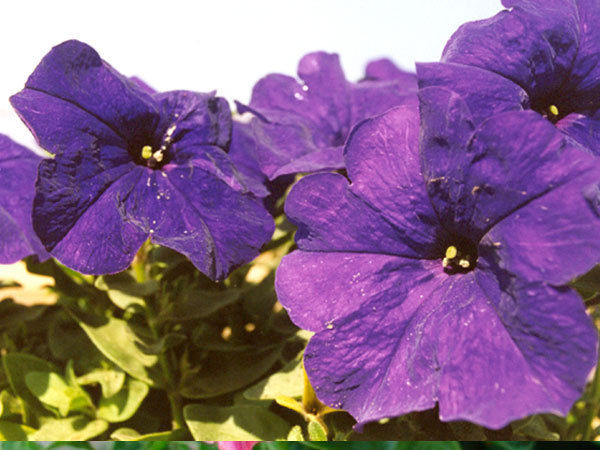
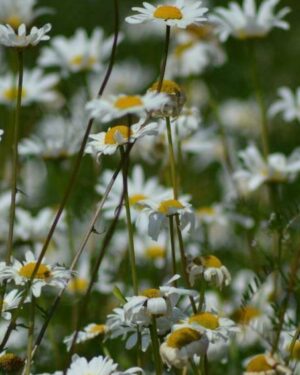
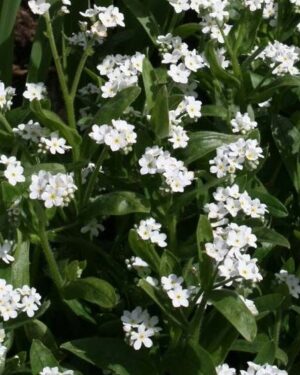

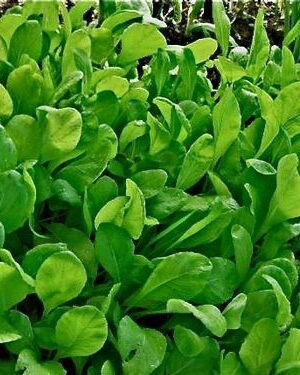

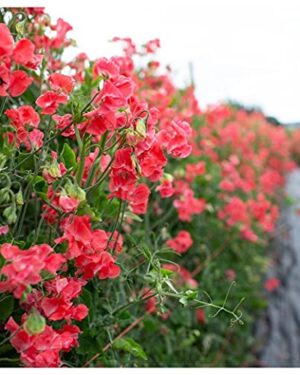
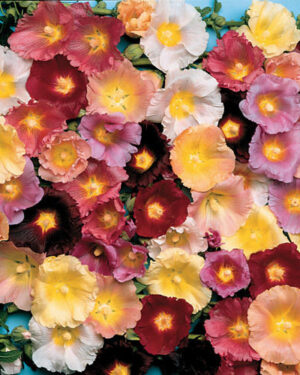
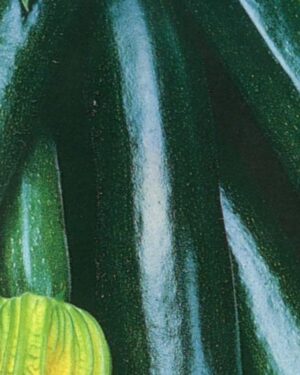
Reviews
There are no reviews yet.